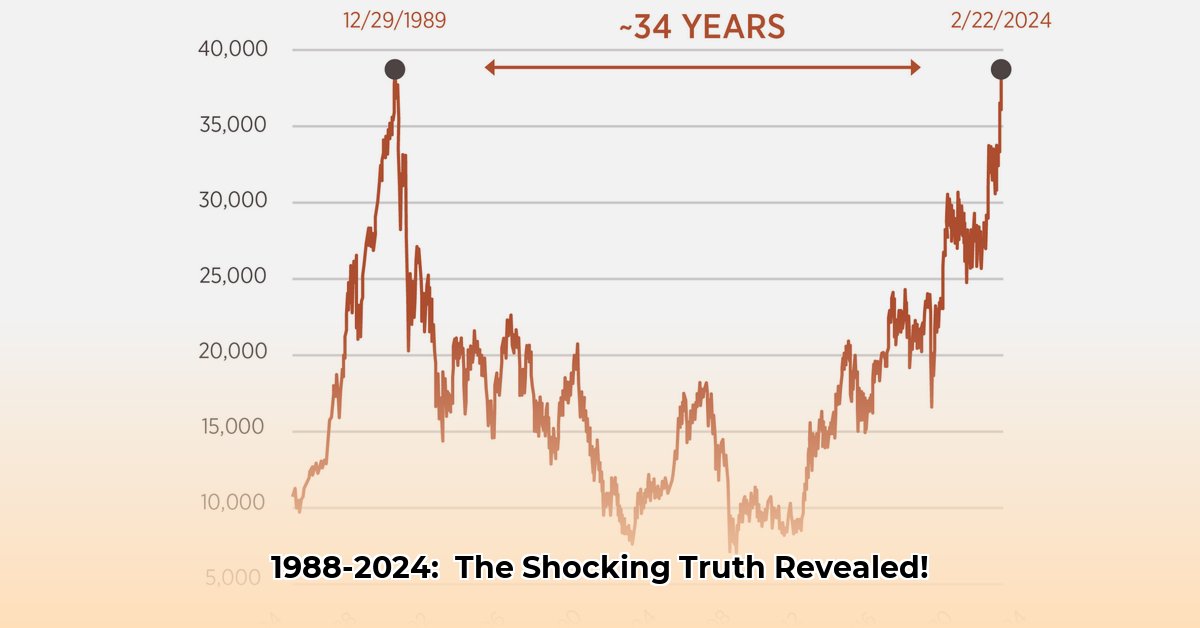
How Many Years Passed Between 1988 and 2024?
The straightforward answer is 36 years. A simple subtraction (2024 - 1988 = 36) reveals this. However, this seemingly simple calculation opens a window into the fascinating, and sometimes complex, world of calendar systems and global timekeeping.
Understanding the Gregorian Calendar: Our Global Standard
Our primary calendar, the Gregorian calendar, is a solar calendar designed to track the Earth's revolution around the sun. However, a solar year isn't exactly 365 days; it's approximately 365.25 days. This discrepancy is why we have leap years, adding an extra day every four years (with exceptions for century years not divisible by 400). Even with leap years, minor discrepancies remain, leading to ongoing refinements of the calendar system. This slight imperfection highlights the continuous effort to achieve precise alignment between our calendar and Earth's orbital cycle.
Beyond Simple Subtraction: Global Timekeeping Challenges
While the Gregorian calendar is widely used, its global adoption wasn't uniform. Different regions adopted it at various times, creating historical inconsistencies. Coordinating international events, projects, or even simple communication requires considering these temporal variations. Further complicating matters are regionally specific holidays, which often do not align across calendars. Consider the complexities of international business collaborations, or scientific research collaborations that rely on precise record keeping across different calendar systems.
The Importance of Leap Years for Accurate Calculations
Leap years, while seemingly straightforward, underscore the calendar's inherent complexities. The rules governing them, including the exceptions for century years, demonstrate the ongoing effort to reconcile the calendar's structure with the Earth's orbital reality. Inaccurate calculations, neglecting leap years, can lead to significant errors in determining long time spans. For instance, financial models or historical analysis must account for these adjustments for precision.
A Global Perspective: Diverse Calendar Systems
The Gregorian calendar's prominence doesn't negate the existence of other calendar systems. Many cultures utilize lunar calendars, tracking the moon's phases rather than the sun's position. These systems possess their own intricacies and require specialized knowledge for accurate conversions and interpretations. The interplay between these diverse systems presents significant challenges for global synchronization and cross-cultural understanding.
The Significance of Accurate Timekeeping in a Globalized World
Precise timekeeping is crucial in our interconnected world. International commerce relies on synchronized scheduling, global communication demands coordinated clocks, and scientific research depends on accurate timestamping. The ramifications of inaccurate timekeeping extend to various sectors, impacting everything from financial transactions to international legal agreements. Failure to address the complexities of these systems can have significant consequences.
Key Takeaways
- Calculating the years between 1988 and 2024 (36 years) requires considering the intricacies of calendar systems.
- The Gregorian calendar, while dominant, is not without its imperfections and variations in global adoption.
- Leap years and diverse calendar systems—including lunar calendars—add layers of complexity to global timekeeping.
- Accurate timekeeping is paramount for international business, communication, and scientific research.